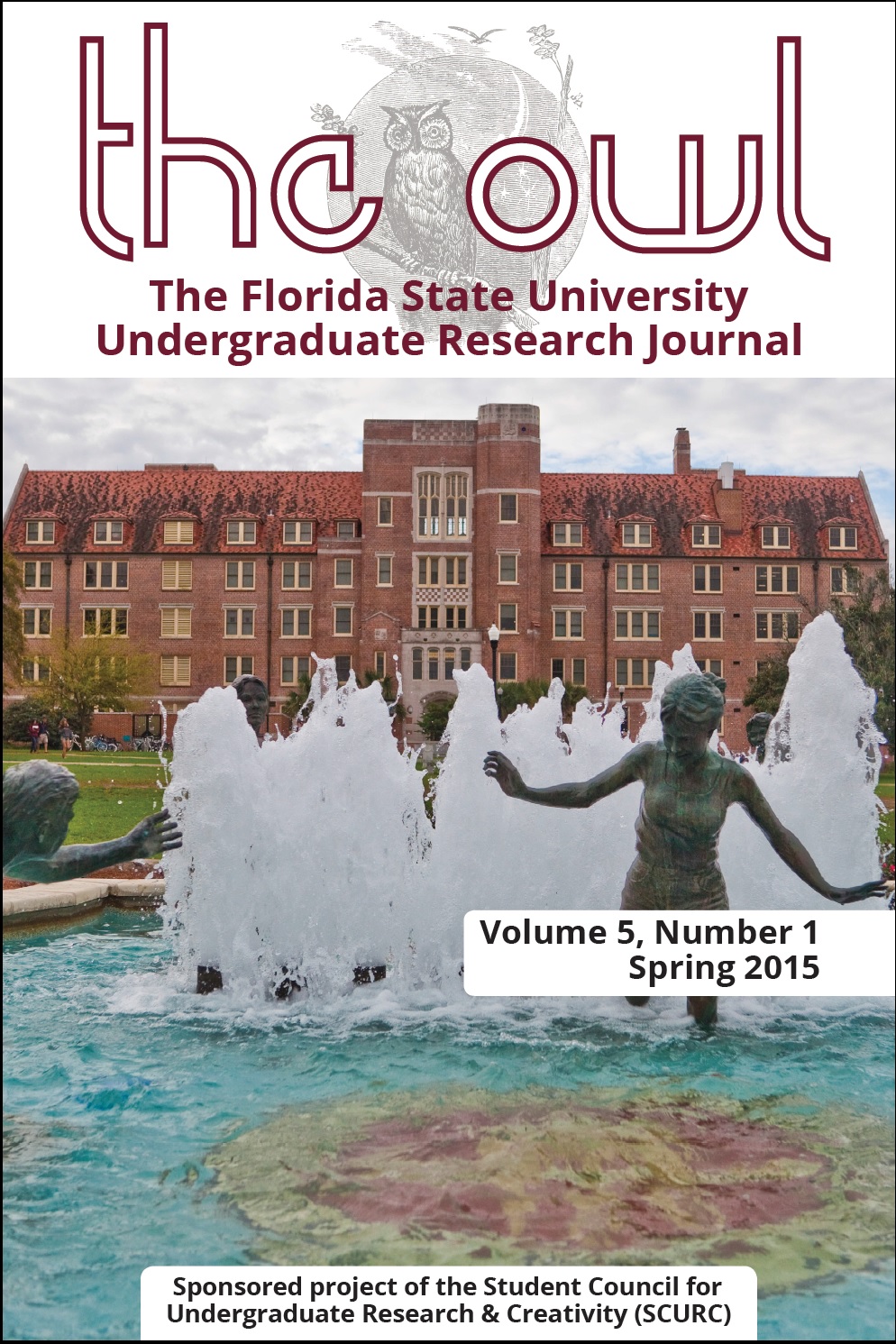Horace Greeley and the Rise of the Republican Party
Keywords:
republican party, history, political science, journalismAbstract
Throughout the period between the Wilmot Proviso of 1846 and the Kansas-Nebraska Act of 1854, progressive politicians within the Whig Party became increasingly aware of these growing tensions, as northern and southern interests vied for control. Progressive Whigs simply could not remain within their party and retain any prospect of enacting political reform, leading to the development of a new party—indeed the first sectional party to arise in American history—the Republican Party. At the front of this movement for a new political venue were Horace Greeley and his New York Tribune. Greeley’s paper provided a mouthpiece for northern interests, and reflected this nineteenth-century trend of progressives finding themselves in need of a new and better-unified political faction. By studying the factors in Horace Greeley’s life that led him away form the Whigs and in search of this new faction, we provide ourselves a greater understanding of the socio-political forces that caused this larger trend within nineteenth-century American politics and led to the ultimate formation of the Republican Party.Downloads
Published
2015-04-21
Issue
Section
Research Articles
License
All works published in The Owl are published under a Creative Commons Attribution, Non-Commercial, Share-Alike (CC-BY-NC-SA) license. The author retains copyright.

